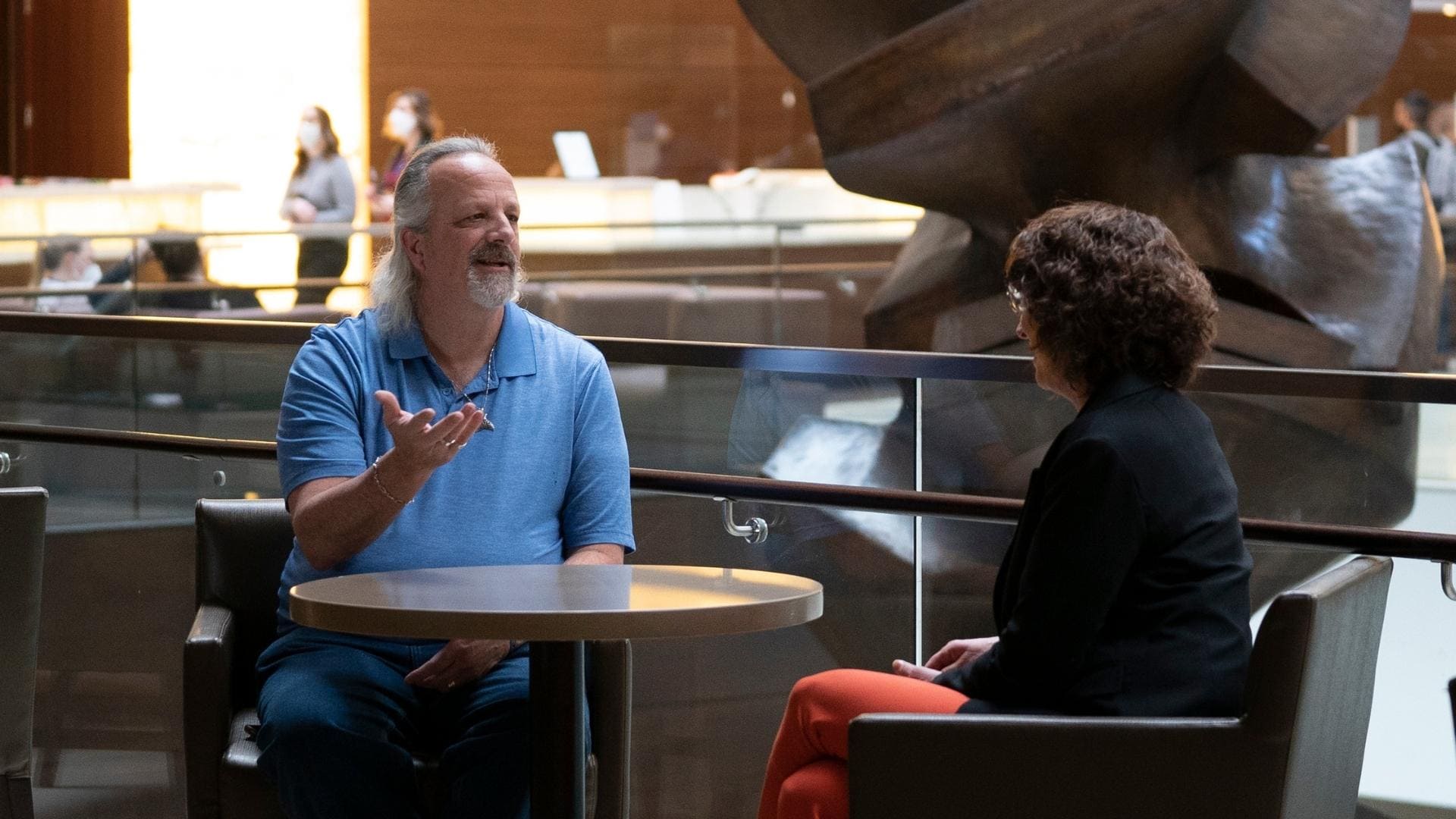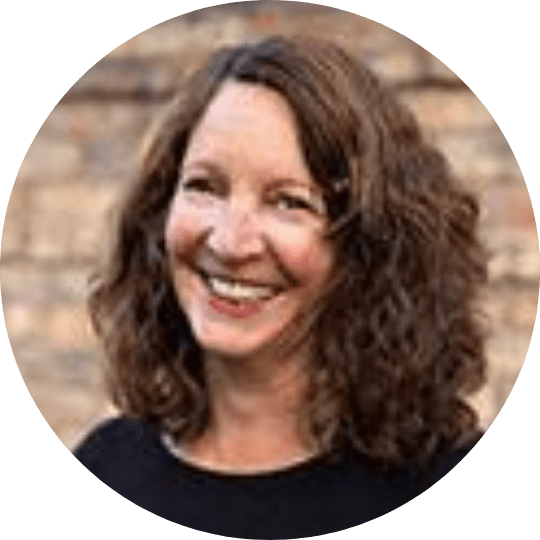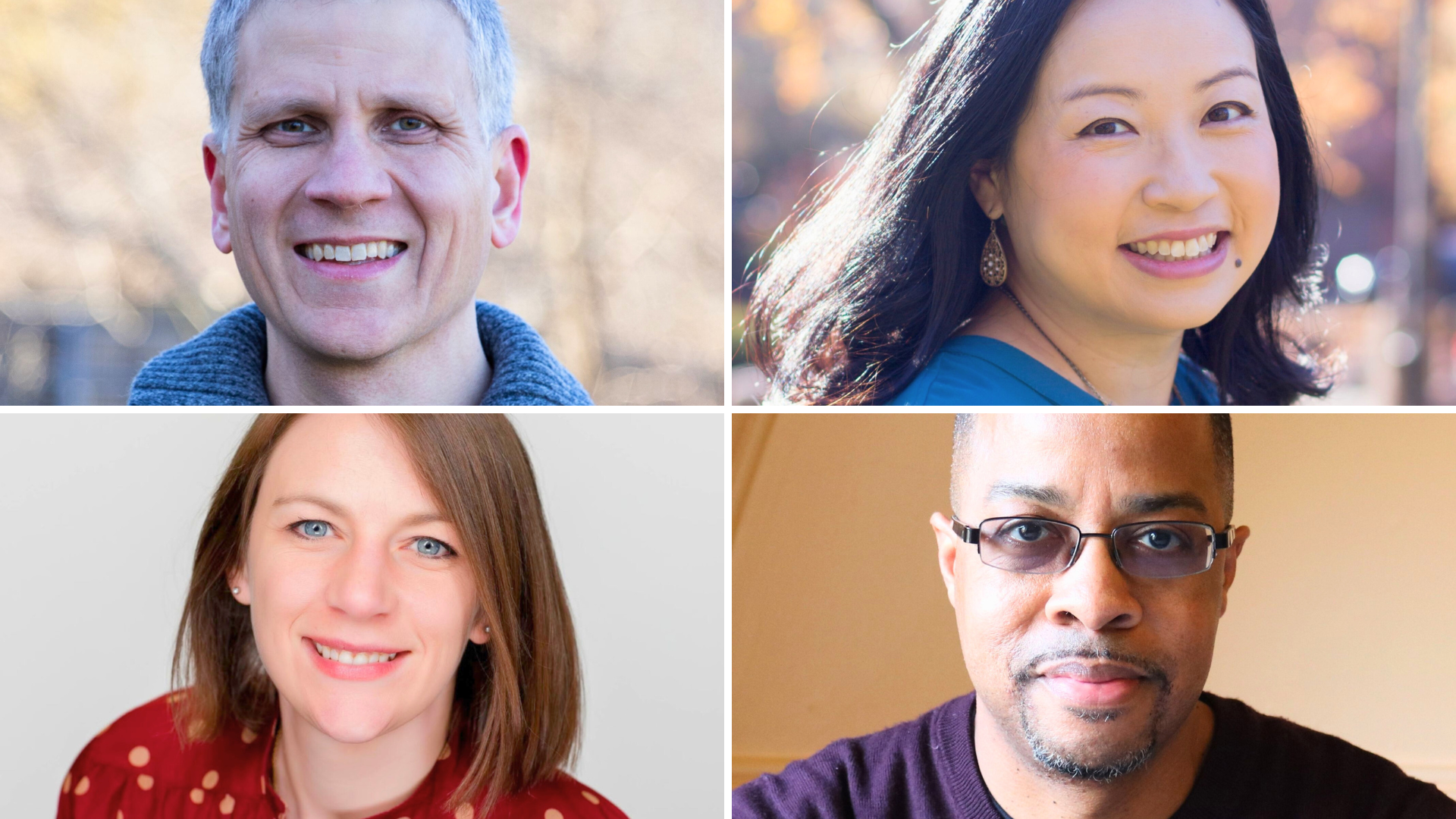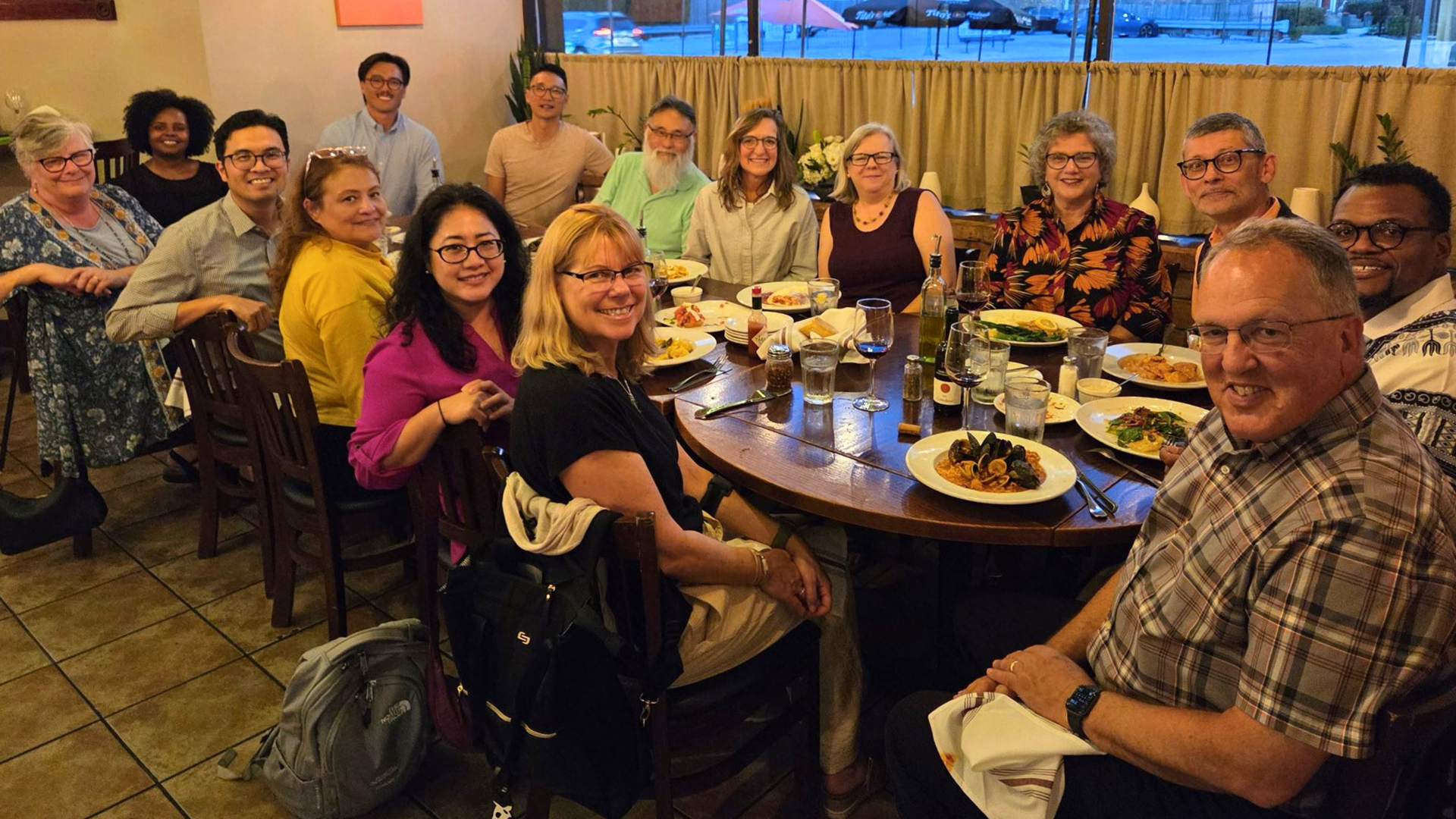The First Nations Version, a “dynamic equivalence” translation of the New Testament, was created to follow the tradition of Native storytellers’ oral cultures. Recently Companion editor Cathy Norman Peterson sat down with TJ Smith, president of the Indigenous Ministers Association and pastor serving in Alaska, to talk about his experience reading this translation and how it impacts his own story and his community’s.
TJ Smith: The first time I read Matthew 3:10 in the First Nations Version it made me cry. It says, “Creator Sets Free (Jesus) cried out to them, ‘The tomahawk is already at the root of the trees.’” That’s imagery I understand. My response was, “Oh my gosh, that makes sense. That is an image that makes sense to me!”
This translation calls Jesus “Creator Sets Free.” The Romans are called the People of Iron. Do you know why those names are like that? Because when we would do namings of people in our languages and our cultures in the old tradition, the elders would watch you for a year and then give you a name that identifies you by attributes you demonstrate. I was talking to a young Ute who lives in California who told me, “My grandfather gave me my name when I was a young kid.” In Ute his name means “talks a lot.” And this guy likes to talk! When he was very young, his grandfather saw that in him.

Names are an honoring thing. They’re reflective of the heart/soul of the person, that heart in the community of who those people were and are. As I read this text, I can say, “Yeah, Creator Sets Free, that’s an attribute I hadn’t thought about that defines who Jesus is and what Jesus is about.”
Some other notable examples: In the New Revised Standard Version, Revelation 7:9 says, “After this I looked, and there was a great multitude that no one could count, from every nation, from all tribes and peoples and languages, standing before the throne and before the Lamb.” The First Nations Version (FNV) translates that verse, “from every nation, tribe, clan, and language.” It’s talking about more family, more community.
In the FNV, the Beatitudes in Matthew 5:4 say, “Creator’s blessing rests on the ones who walk a trail of tears.” I was on a plane recently, and all of a sudden God said to me, “Look, that’s your lands.” I looked on the map and, sure enough, we were over the Lakota lands, and I watched the sun go across the frozen ponds. When we read “trail of tears,” those words just resonate.
Why do you think this project is important to the whole church?
Too often people look at us and see “dumb Indians” or “heathen Indians.” But when you read this, you see there’s a deep spirituality to who we are.
My hope for the church, and especially the younger Indigenous generation coming behind us, is that they see equity in our imagery, our languages, and our concepts. More than 37 different nations consulted on this project, so it doesn’t just present one perspective—it’s nations from all over Turtle Island (the name Indigenous people use for North America). This work, to me, has a heart to make sure the imagery is universally shared across our cultures. There are 1,000 First Nations across Turtle Island. We each have our own stories, our own regalia, language, foods, and rituals, and to try to figure out how to depict all of them is an impossible task. But bringing people together to listen, to discern, to try to put that all together—that really struck me.
Why are less than 5 percent of our people involved in the church? That’s the statistic in our culture. It doesn’t mean we don’t have a deep spirituality, it just means we’ve been hurt by the church. A huge part of that is boarding schools.
American Indian residential schools were first established by governments and used missionaries from various denominations. Canada had 130 boarding schools, and somewhere between 150,000 and 300,000 children were taken—stolen—from their homes and put into these schools in an effort to “civilize” or assimilate them into Western culture. More than 8,900 graves of children who died while attending those schools have been found in Canada since June 2021. The U.S. had over 400 residential boarding schools.
I’m thankful for Deb Haaland, the first Indigenous U.S. secretary of the interior, initiating an investigation into the residential boarding schools. The Interior Department released a report in May identifying burial sites accounting for over 500 child deaths. The number of recorded deaths is likely to increase. The governor of Nevada, Steve Sisolak, recently apologized for the state’s role in forced assimilation. “I want to make an apology. We need to make amends. The pain of having a child taken away never to return and not knowing what happened to that child is truly unimaginable.” That anger, that bitterness, that hurt is real. The Covenant Church in Canada recently hosted two webinars on this history in Canada.
We have multiple layers of tragedy—loss of culture, loss of language, traditions, regalia, lands, and subsistence lifestyles. A number of our people in the Indigenous Ministers Association have told us, “We don’t know our language because someone in our family was in a residential boarding school and they were told it’s a bad language and we can’t learn that.” So we don’t know our own language.
Again, if you’re just a “merciless savage,” which is how we’re referred to in the Declaration of Independence, you’re not human. To have this translation of Scripture and to hear, “There is a God who’s there. There’s always been a God within us who will respond,” to be able to read this text and say, “This is in the imagery of our language,” is so powerful.
My hope is that when the younger generation reads this, they will be reminded that they have equity, they have a voice—and that some of their anger and bitterness will start to dissipate. My hope is that they will see the deep spiritualness within us and understand that we aren’t “those heathen.” In my language, Wakan Tanka, we’ve always had Creator, Thunkášila. And we’ve always known we were missing a part, which is what the missionaries brought—the message of Christ. But in our hearts, in our spirituality, God has always been a part of it. As Indigenous theologian, educator, and author Richard Twiss said, “Every step in a powwow is a prayer.”
Everything we do is spiritual. I was reading, “Provide for us day by day—the elk, buffalo, and the salmon. The corn, the squash, and the wild rice. All the things we need for each day” (Matthew 6:11). That’s our subsistence lifestyle. When we catch a fish, we always thank the fish for giving us life so we can eat. We thank the Creator for making the fish to give us life. The berry pickers are doing the same thing when they express thanks, saying, “We got them before the bears did.” My prayer is that the First Nations Version causes readers to take a different look at Indigenous people, to see the spirituality that we have, and maybe to reimagine how they can see God, or as we see the Creator.
I’m intrigued by how you’re talking about the younger generation and their need to see themselves in a story they resonate with. And then as I read this translation from my seat in Chicago, I find my own connecting points, not because they’re familiar, but because they’re unfamiliar. Because I can listen to your voice reading it and hear a fresh perspective on the gospel story.
We are all familiar with this passage in Philippians 4:6-7, but listen to this translation: “Do not let your hearts be weighed down with anything. Instead, with every step you take, send your voice to the Great Spirit, asking him for the things you need. And in all your prayers, remember to give him thanks. Then the peace and harmony of the Great Spirit, which goes far beyond our small and weak ways of thinking, will watch over your hearts and minds through the Chosen One, the Creator Sets Free (Jesus).”
When you are 20 years old, you may think you have the answers to the whole world, right? When I was 20, that’s how I thought. Now I see how “small and weak” my ways are.
Some of our people are leery of this project. It doesn’t surprise me. Culturally, why is it that many African Americans and many First Nations are not vaccinated? Because look what the government did to us. They tried out stuff on us, they performed experiments on us. We’re circular in our history, we’re not linear, and we remember those things. At the beginning of Covid, our elders in Alaska said, “You remember the Spanish flu in 1918? When we shut down, that’s when it quit wiping out our people. We need to do that now. This is the same thing.” And so they shut down their villages before the government ever did.
I grew up reading Scripture as all “head.” We didn’t talk about imagery. We read it for the facts, the truth from God—like a science book. Maybe that’s part of why this is such an invitation for me because it’s eye-opening to read the text so differently.
For me, because we speak out of our heart, even when you ask me, “Why is this important in the church?” my response is, “I need to listen.”
That was a head question, wasn’t it?
Well, no, it’s not. My response is to stop and listen with my heart to give you the answer that I hear, versus giving you a head answer, which is what I too often can do when I’m in a Western context. To me, this translation takes it to heart imagery.
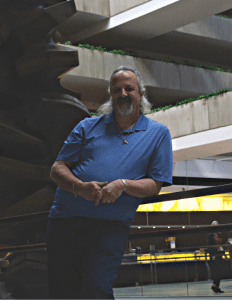
When I am fishing, I say, “The Scripture says, God’s going to take care of this. He’s going to provide the fish for us.” When I fish, I always ask the Creator, “Where are the fish?” We had some family visit from Tennessee and we were going to take them to a different hole to fish in the ocean. I was going there when the Creator said to me, “Stop. Fish here.” So we stopped, and we got our 10 fish in four hours—one of them was a 130-pound halibut. It took three hooks in the same corner of the mouth.
We took one of my wife’s teacher friends out. To our knowledge, she doesn’t know Christ, and she asked, “How did you guys find this spot?” My wife said, “TJ was driving the boat and Creator God said, ‘Stop here,’ so we stopped here.” With tears in her eyes, her friend said, “My daughter-in-law’s dad, who is Navajo, used to say that all the time. ‘The Creator would just tell me to stop.’”
That’s listening with our hearts. So when you start to read the Scriptures, that shifts your imagery from the head to the heart. God speaks to the heart. You’re not going to remember the facts I tell you, but you will remember a story. And in hearing that story, you hear what the Spirit needs to say to you. In these imageries and these stories, we get to listen to the Spirit speak to our hearts.
This is why I wanted to sit down and talk to you because that’s a very different experience than just picking up a book and reading it, right?
Conversations like this are sacred because it’s heart-to-heart. It’s not, “I read about that, great.” When I read this book, those images remind me that Creator is always speaking. I just have to stop and look in a different way than my Western culture mind. Like you, I grew up with a faith that was all head knowledge. But Scripture doesn’t say Jesus knocks in our head. He knocks in our hearts. Will I stop and listen?
I used to think God was going to zap me with a lightning bolt every time I made a mistake. That was the flannel boards that I had growing up. That’s not the God I see and know now. He’s a God of mercy and grace and compassion, he’s a God who provides, he’s a God who loves me as an Indian. I’m his son. He’s proud.
When I read this translation, it helps me to understand that I don’t have to pretend, I don’t have to put on a facade.
I’ve been growing my hair out to connect with our ancestors. The interesting thing is almost all the people of color I see in the grocery store now talk to me, and the Western culture people don’t now. The only thing that’s changed is my hair.
Did you know you were taking a risk to be rejected when you decided to grow out your hair?
I did wonder, “How are people going to respond?” We saw that people will respond the way they’re going to respond after the Covenant voted to repudiate the Doctrine of Discovery last year. I’ve lost a couple of pastor friends because of that vote. But I’m learning to be okay with that because that’s not my cross to bear. I have made Covenant connections with other Indigenous people. Because of that vote, we found each other.
I always go back to the woman at the well. Jesus calls her out, but he doesn’t blame her. That’s compassion. “You’ve been married five times and this dude is not even your husband. What’s going on? What has caused that hurt to cause you to live this way?” That’s how I hear him ask that question because he asked, not in guilt or shame. It’s just heart speak. If every one of us spoke heart-speak as a church, how transformational that would be?
Thank you. I was just thinking we’d have a quick conversation about a new book. What was I thinking? It’s not what I’m going to get with you!
If you ask me a question, I guess I expect you want to hear a heart answer, so that’s what I give. I listen and I don’t have to perform and jump through hoops.
I pray that people start to tell their stories that way and we let down our facades. It doesn’t matter what culture we come from. We all put up our walls. And if I want you to drop your wall, I have to be the first to drop mine, which means I have to be healthy and healed enough that I’m okay with that.
That’s what the First Nations Version does. This is heart speak from an Indigenous perspective. This is how we speak, this is how we see injustice in the world, how we see the food that’s provided for us, how we see how we’re to live. I don’t know any other way to speak to people.


